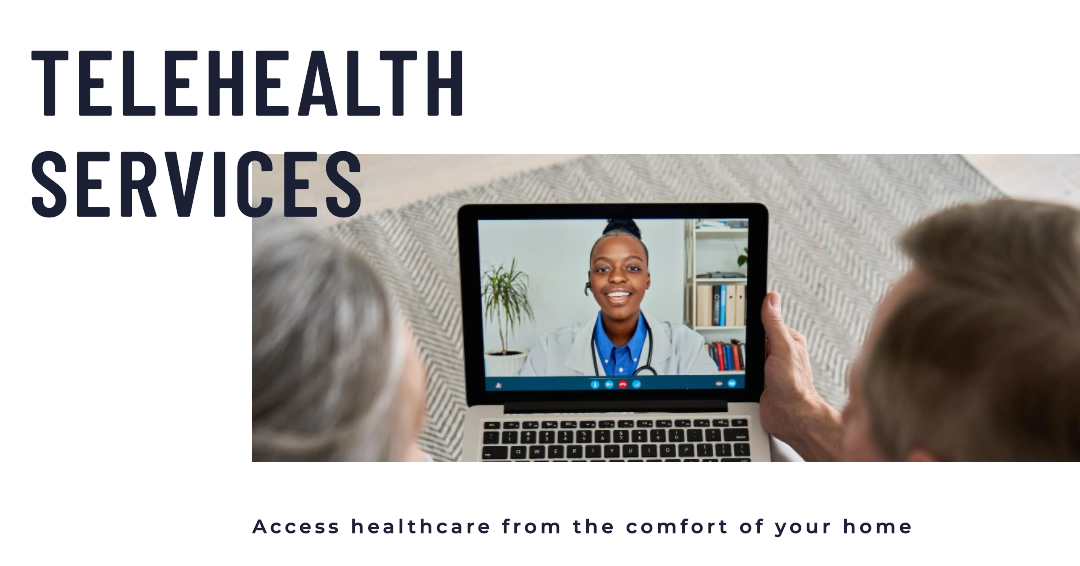Medically Reviewed By: Dr Alex Evans
Key Takeaways
- Telehealth's Double-Edged Sword: As telehealth becomes a significant part of modern healthcare, it offers ease of access and cost savings. However, it also accentuates the challenge of ensuring patient compliance, with adherence to medical advice and treatments being crucial for effective health outcomes.
- Challenges and Solutions: Boosting compliance in telehealth faces hurdles like the lack of personal connection, technological barriers, and home distractions. Solutions include personalized care, user-friendly platforms, regular virtual check-ins, educational resources, medication reminders, feedback systems, engaging care teams, and incentive programs.
- The Collaborative Future: As telehealth continues to grow, the future demands a close collaboration between healthcare providers and technologists. The ultimate goal is to foster an environment where patients have easy care access and feel motivated to participate actively in their health journey, with a blend of technology and personal touch.
As we navigate the digital age, telehealth has emerged as a pivotal tool in modern healthcare, establishing the digital connection between patients and providers across geographical distances. The transition, while bringing along numerous advantages such as ease of access and cost savings, has also put the need for patient compliance in the spotlight and increased the need to ensure that individuals continue to follow medical advice and prescribed treatments as they would during in-person visits.
Understanding the Importance of Compliance in Telehealth
Patient compliance, often referred to as ‘adherence’, represents a patient’s ability and willingness to follow the medical advice given to them. Within the context of telehealth, compliance may include taking medications as prescribed, attending virtual check-ins, monitoring symptoms, or following lifestyle recommendations. When patients are non-compliant, treatment outcomes can be jeopardized, leading to worsened health, increased medical costs, and prolonged illness.
Challenges in Boosting Compliance in the Telehealth Environment
Lack of Personal Connection: Physical presence often adds a layer of accountability. Without face-to-face interactions, patients may feel less obligated to follow recommendations.
Technology Barriers: Not all patients are tech-savvy. Difficulty in using telehealth platforms can deter some patients from accessing care effectively.
Distractions at Home: The home environment, where most telehealth interactions occur, might be filled with distractions that can detract from a patient’s focus on their health.
Strategies to Enhance Patient Compliance
Personalized Care: Tailoring advice and treatment to each patient’s unique situation can make them feel more valued and understood, thus increasing their motivation to comply.
Easy-to-Use Platforms: Ensuring that telehealth platforms are user-friendly can reduce technological barriers. Offering tutorials and helplines can also make the experience smoother for patients.
Regular Check-ins: Just like traditional follow-ups, virtual check-ins can keep patients on track. These can be through calls, emails, or even text messages.
Educational Resources: Offering patients access to reliable and easy-to-understand information can empower them to take charge of their health.
Medication Reminders: Utilizing apps or SMS services to remind patients to take their medications can significantly improve adherence.
Feedback Systems: Allow patients to provide feedback on their telehealth experience. This can help providers identify areas of improvement.
Engaging Care Teams: Involving nurses, counselors, or other team members in the care process can offer additional touchpoints for encouragement and support.
Incentive Programs: Some providers have found success in offering incentives for compliance, be it discounts, rewards, or other motivational tools.
The Future of Telehealth and Patient Compliance
With the continuing growth of telehealth, it becomes imperative for healthcare providers and technologists to collaborate closely. The aim should be to create an environment where patients not only have easy access to care but also feel supported and motivated to be active participants in their health journey.
In conclusion, boosting patient compliance in the telehealth era requires a holistic approach that melds technology with a personal touch. As telehealth becomes an integral part of the healthcare landscape, these strategies will be essential in ensuring that patients receive the best care possible, regardless of where they are.
MarkiTech has various subsidiaries with products and services targeted towards digital healthcare and telehealth/telemedicine and virtual clinic with laser focus on helping seniors age in place and help their caregivers.
Sensights.ai is a company focused on remote patient monitoring and aging solutions, which utilizes artificial intelligence to track the health of patients and keep a round-the-clock connection between caregivers and patients.
As well, Veyetals uses rPPG and AI modeling algorithms to capture the light reflected by the blood vessels under a patient’s skin to measure vitals anytime, anywhere.
Lastly, we are now launched our latest Mental Health AI Scribe tool called CliniScripts.com

